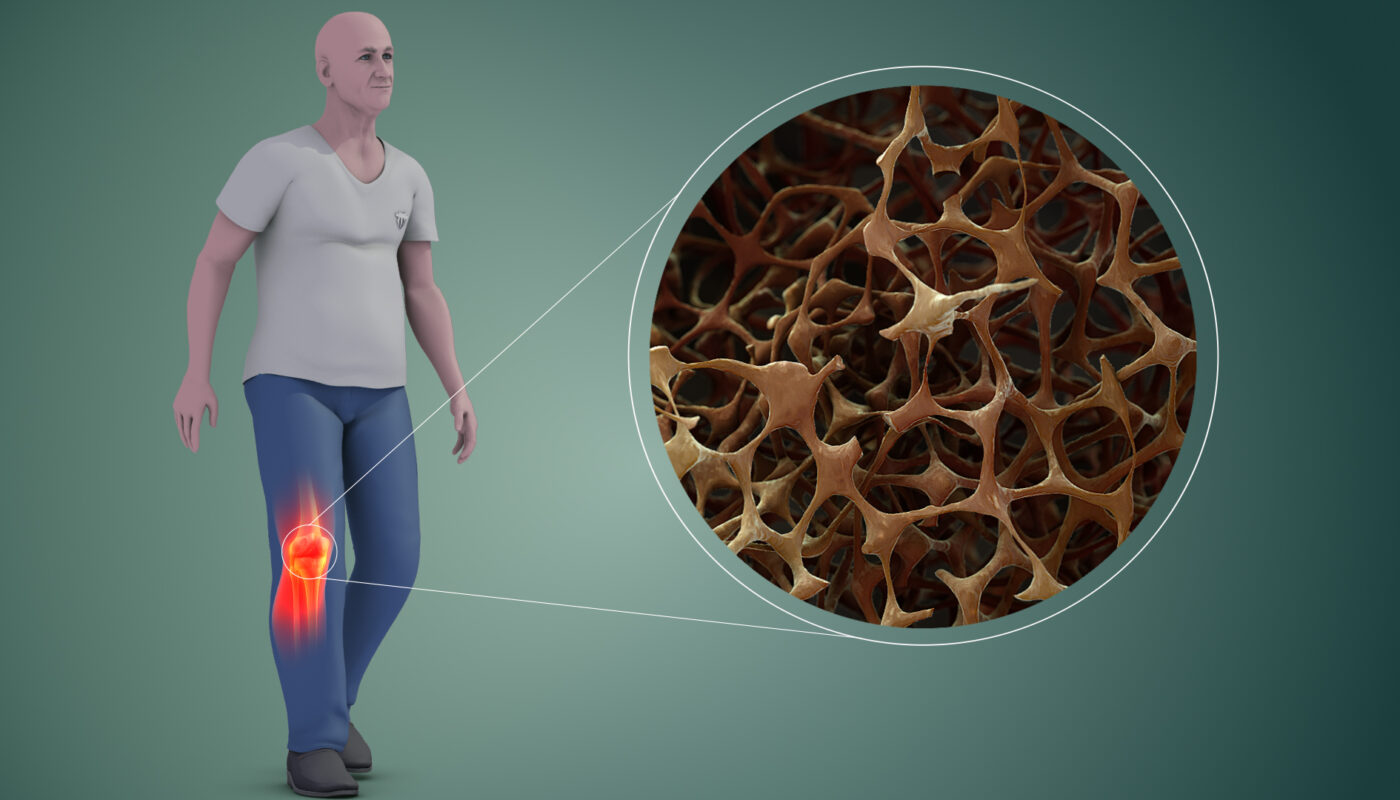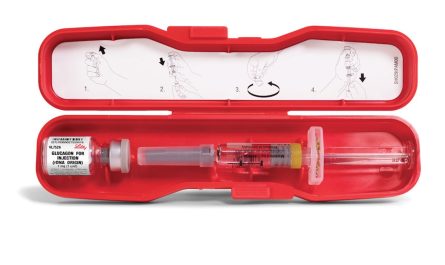The global Postmenopausal Osteoporosis Market is estimated to be valued at US$ 4747.9 Mn in 2023 and is expected to exhibit a CAGR of 4.4% over the forecast period 2023 to 2030, as highlighted in a new report published by Coherent Market Insights.
Market Overview:
Postmenopausal osteoporosis refers to osteoporosis occurring after menopause due to deficiency in estrogen levels. It is characterized by low bone mass and micro-architectural deterioration of bone tissue, leading to bone fragility and increased risk of fractures. Drugs available for postmenopausal osteoporosis treatment include bisphosphonates, selective estrogen receptor modulators (SERMs), parathyroid hormone analogs, and monoclonal antibodies, which aim to either inhibit bone resorption or stimulate new bone formation. Growing geriatric population and increasing awareness about osteoporosis treatment options are anticipated to fuel demand for postmenopausal osteoporosis drugs over the forecast period.
Market key trends:
One of the key trends in the postmenopausal osteoporosis market is increasing preference for injectable osteoporosis drugs over oral medications. This is attributed to advantages such as better patient compliance, direct absorption in bones preventing loss through gastrointestinal system, and minimal/no risk of gastrointestinal side effects. Several pharmaceutical players are focusing on development of novel injectable drugs to leverage this opportunity. For instance, Radius Health launched TYMLOS (abaloparatide) injection for postmenopausal osteoporosis treatment in 2017. Eli Lilly and Company also markets Forteo (teriparatide) injection to treat postmenopausal osteoporosis.
Porter’s Analysis
Threat of new entrants: The postmenopausal osteoporosis market is highly competitive due to focused commercialization efforts and investments by major players. Significant capital investments and regulatory requirements for clinical trials act as barriers to entry for new players.
Bargaining power of buyers: The bargaining power of buyers is moderate as there are many established brands available and treatment options have become decentralized over the years.
Bargaining power of suppliers: Suppliers have moderate bargaining power due to the availability of many treatment alternatives. The intense competition between suppliers keep their prices and power in check.
Threat of new substitutes: Potential alternative therapies for postmenopausal osteoporosis include calcium supplements, vitamin D, exercise and lifestyle changes. However, their efficacy is limited in comparison to pharmaceutical products.
Competitive rivalry: The market is consolidated with key players differentiating based on product efficacy and pricing.
Key Takeaways
The global Postmenopausal Osteoporosis Market Growth is expected to witness high growth, exhibiting CAGR of 4.4% over the forecast period, due to increasing prevalence of postmenopausal osteoporosis due to rapidly aging population across the world.
The Asia Pacific region is expected to witness the highest growth in the postmenopausal osteoporosis market over the forecast period. This is attributed to developing healthcare infrastructure, increasing the geriatric population, and rising osteoporosis awareness in the region. China and India are anticipated to be the most lucrative markets in the region.
Key players operating in the postmenopausal osteoporosis market are Pfizer Inc., F. Hoffmann-La Roche Ltd, Mylan N.V. (Viatris Inc.), Fresenius Kabi AG, Hikma Pharmaceuticals PLC, Novartis AG, Teva Pharmaceutical Industries Ltd., GlaxoSmithKline plc, Sun Pharmaceutical Industries Ltd, Ligand Pharmaceuticals Incorporated, Paras Biopharmaceuticals Finland Oy, Eli Lilly and Company, TRANSCENTA HOLDING, Amgen, Gedeon Richter Plc. Enzene Biosciences, Samsung BioepisL Radius Health, Inc., Alvotech, and AryoGen Pharmed. These companies are focusing on strengthening their product portfolios through mergers and acquisitions.
*Note:
1. Source: Coherent Market Insights, Public sources, Desk research
2. We have leveraged AI tools to mine information and compile it




